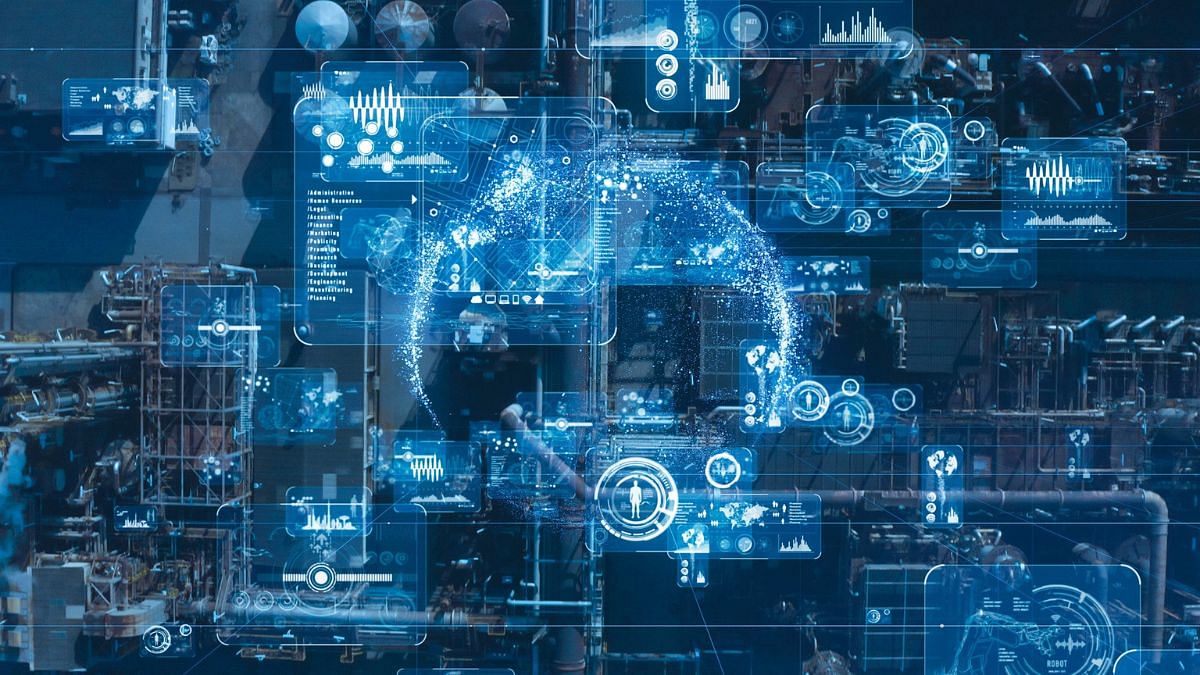The world, as we see it, is undergoing a radical shift. The digital vortex is inevitable, and sustainability is an imperative.
As the aftermath of the recent pandemic, key industries in India are facing numerous challenges including dealing with constrained demand and vulnerable supply chains. The scale of the disruptions’ impact has forced companies to re-examine their existing operations and decision-making processes. Virtual Twin technology is revolutionizing macro-economic spheres such as Manufacturing, Infrastructure and Life Sciences by enabling the adoption of sustainable and transformative digital business processes. This technology captures insights and expertise from all aspects of the value chain including design, engineering, manufacturing, marketing, maintenance, and repair, enabling companies to achieve new levels of professional excellence and create improved consumer experiences.
With the power of Virtual Twin technology, companies can create a virtual representation of their products and processes, providing them with clear insights into how their products will perform in the real world. Virtual twins offer a significant opportunity to optimize and improve processes, enabling organizations to better understand their operations, reduce costs, and minimize risks. Several recovering sectors in India can leverage this technology to drive innovation and growth while building resilience.
Despite the ubiquity of the applications of the Virtual Twins and the value driven by the same, there still awaits enormous untapped potential of this technology. It is time to broaden our problem-solving horizon, as is the need of the hour, and leverage this technology. Here are a few examples of the manifested footprints of Virtual Twins across the three macro-economic spheres.

Manufacturing is undergoing a major transformation, and virtual twin technology is playing a significant role in driving this change. In the automobile industry, for example, virtual twin technology is used to simulate and optimize the manufacturing process, from product design to production. This allows manufacturers to identify and resolve potential problems before they occur, reducing the risk of costly errors and increasing efficiency. This technology can also be used to optimize the charging infrastructure for Electric Vehicles (EVs), ensuring that charging stations are strategically located and designed to meet the needs of the local community. This can improve the overall customer experience and encourage wider adoption of EVs. Additionally, in the aerospace and defence industry, Virtual Twin technology is used to design, develop and test new aircraft systems. By creating a virtual model of the physical product, engineers can simulate different scenarios and conditions to test the product’s performance and identify any potential issues. This allows organizations to minimize risks and reduce development costs, while improving the overall quality and performance of the product.
Virtual Twin technology is also making a significant impact on the Infrastructure sector in India, particularly in the areas of green infrastructure and smart cities. The technology is being used to simulate and optimize the design, construction, and operation of green infrastructure such as wind and solar energy farms, as well as smart cities. In smart cities, virtual twin technology is being used to simulate and optimize the management of urban infrastructure, such as traffic management, waste management, and energy management. This allows cities to better understand the impact of different scenarios and make informed decisions about the management of their infrastructure.
The Life Sciences sector in India is also benefiting from virtual twin technology, particularly from the virtual twin of the human body. This technology allows medical professionals to create patient-centric treatment models customized to a body’s unique biochemistry and anatomy. As has been done in the West, particularly in the US, by building a digital model of a patient’s heart, physicians have been successful in diagnosing and treating heart disease in a more accurate and effective manner.
In conclusion, Virtual Twin technology offers several benefits, including sustainability, cost efficiency, and time management, leading to more efficient and effective operations. By connecting the virtual and real worlds, industries can unify engineering and manufacturing and deploy standard work-processes across all sites, to achieve disciplined production execution. By capturing insights and expertise from across the entire ecosystem, key industries in India can address all aspects of the value chain and create new consumer experiences, making it a valuable tool for organizations looking to stay ahead in today’s competitive market.
(ThePrint ValueAd Initiative content is a paid-for, sponsored article. Journalists of ThePrint are not involved in reporting or writing it.)

